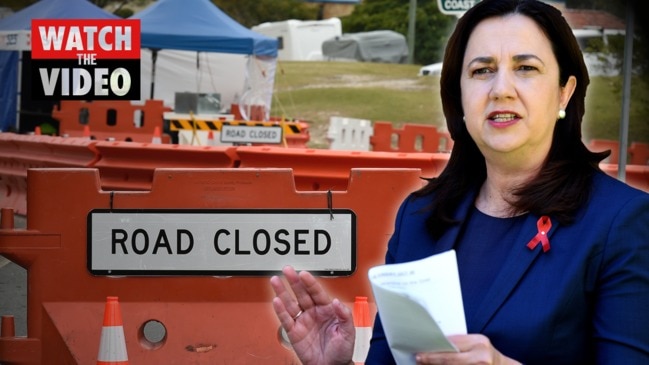Ageing infrastructure to blame for ongoing sewage dramas hitting oyster farms and beaches
Oyster farms at a site in Southern Tasmania have finally reopened after a series of forced closures caused by inadequate sewerage infrastructure.

- Sewage pumping into popular family swimming spot
- Prison ‘sewage, tampons’ wash into neighbours’ yards
TASMANIA’S ageing sewerage infrastructure is impacting on the state’s brand, a local mayor says, as oyster growers in the south recover from a series of shutdowns in recent weeks.
Heavy rain in August and again this month has highlighted major problems with sewerage networks across parts of Southern Tasmania, with storm water inundation causing sewage spills at beaches and sites including Risdon Prison.
Oyster farms around Dunalley reopened on Friday night after three closures since August related to heavy rainfall, including two events that caused sewage to flow into the sea.
Farms in Pittwater also reopened in recent days after being forced to close.
“It’s just part and parcel of farming in an urban environment,” said oyster grower and vice chair of industry body Oysters Tasmania Joshua Poke.
“They’re not uncommon events when there’s a large amount of rain that comes down in a short period of time. Increased urban development, especially around Pittwater has led to some challenges.”

Mr Poke said oyster growers were “working constructively” with TasWater, which is looking into immediate and longer term solutions to the problem.
“We’ll just keep working with them and keep up the pressure,” Mr Poke said.
TasWater is owned by the state’s 29 councils and the state government is a minority shareholder.
Clarence Mayor Doug Chipman, who is the chief owners’ representative of TasWater, said additional funding from the federal government should be sought to speed up urgent upgrades.
“It’s a definite concern that the infrastructure at the moment isn’t capable of managing all the storm water when we get a major event,” Mr Chipman said.
“It’s not just the immediate economic impact (on oyster farmers). It has a branding connotation and we want to see the problem solved as quickly as possible.”

Sorell Mayor Kerry Vincent, whose jurisdiction covers the Midway Point side of Pittwater, said simply throwing money at the problem was not a solution, given the shortage of tradespeople to carry out TasWater’s existing works schedule as well as other infrastructure projects around the state.
TasWater said work was under way to “identify options” to upgrade three wastewater plants in the area to eliminate reuse water releases into the Pittwater Estuary, while short term solutions included maintenance and extra storage.
A spokeswoman for the Environment Protection Authority said TasWater was prioritising infrastructure upgrades on a statewide basis, focusing on areas with the highest risk to public and environmental health.
“Shellfish leases are one of a number of risks that must be taken into account in TasWater’s upgrade planning processes,” she said.


